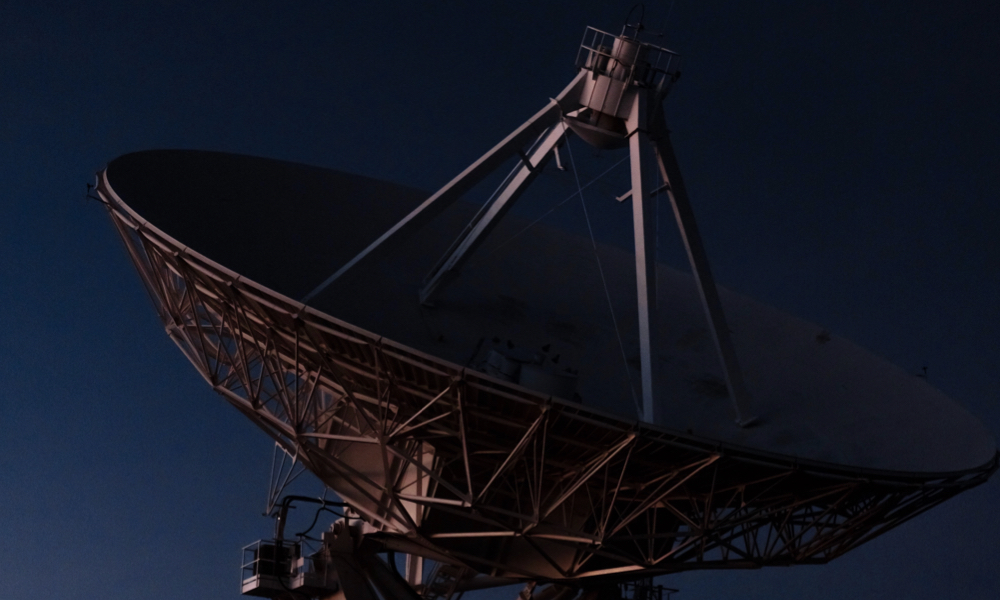
PROJECT TITLE: Multisensory robotic system for aerial monitoring of critical infrastructure systems — MUROS
Coordinator: University POLITEHNICA of Bucharest
Partners:
- SC TEAMNET INTERNATIONAL SA
- SC AUTONOMOUS SRL
- SC AFT DESIGN SRL
Period: 29 November 2013 – 29 September 2016
Project director: Dan Popescu
Project team: –
Description: The purpose of the “Multisensory robotic system for aerial monitoring of critical infrastructure systems” (MUROS) project is to develop a surveillance and monitoring system with unmanned aerial platforms for monitoring, preventing and mitigating incidents which have an impact on critical infrastructure (transport routes for oil products, railways, power lines, highways etc.).
Project objectives:
The general objectives are the following:
- Define and identify projects which would permit participation in the ESA optional programs.
- Develop and promote national research, educational and industrial capabilities in the aeronautics, security and related areas.
- Increase the links and communications between research (academic) and industrial entities.
- Realize high-level scientific production and increase the quality level of the fundamental and applicative research.
- The specific objectives (corresponding to C2- 2013) are the following:
- Scientific and robotic exploration programs, part of the optional ESA programs;
- Develop technologies, tools and equipment in the aeronautic, security and related areas.
The project specific objectives are the following:
- Define the architecture of a flexible multisensory robotic system capable of monitoring critical infrastructure based on data fusion.
- Analyze control, data acquisition and processing algorithms in view of their integration on the robotic system.
- Integrate the software resulted from the control, acquisition and processing algorithms into the robotic system. Test the resulting experimental model.
- Create, test and validate the fixed network for routing UAV and data acquisition.
- Test the functionality of the robotic system on case studies, to ensure monitoring services in different domains.
Activities:
- WP1 – Define functional requirements and system architecture development
- WP2 – Methods and algorithms for control, acquisition, processing and transmission of data
- WP3 – Multisensory robotic system design
- WP4 – Developing and testing a functional model of multisensory robotic system
- WP5 – Developing, testing and validating an experimental model UAV
- WP6 – Demonstration of system functionality through case studies
Contributions to the STAR programme objectives:
The project activities follow the following principles of ESA programs:
- from ESA’s Basic Technology Research Programme (TRP), to explore new ideas from the very earliest stages, in order to valorise the technological progress in the development of UAVs
- ESA’s General Support Technology Programme (GSTP), to convert promising engineering concepts into a broad spectrum of mature products – everything from individual components to subsystems up to complete systems.
- The GSTP also includes work on product and process improvements, aiming for a flexible response to the needs of ESA programmes, Member States and European industry.
Homepage: MUROS
